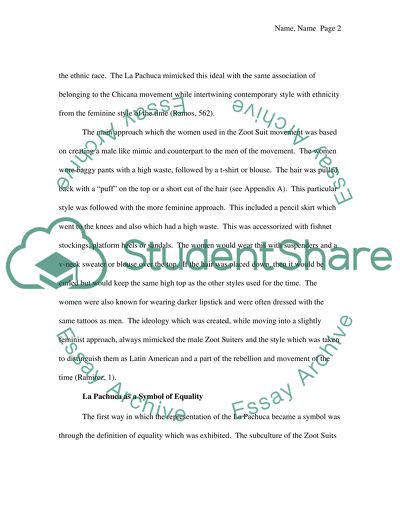Cite this document
(“How was the La Pachuca symbolized during the Zoot Suit Riots Research Paper”, n.d.)
Retrieved from https://studentshare.org/family-consumer-science/1417152-how-was-the-la-pachuca-symbolized-during-the-zoot
Retrieved from https://studentshare.org/family-consumer-science/1417152-how-was-the-la-pachuca-symbolized-during-the-zoot
(How Was the La Pachuca Symbolized During the Zoot Suit Riots Research Paper)
https://studentshare.org/family-consumer-science/1417152-how-was-the-la-pachuca-symbolized-during-the-zoot.
https://studentshare.org/family-consumer-science/1417152-how-was-the-la-pachuca-symbolized-during-the-zoot.
“How Was the La Pachuca Symbolized During the Zoot Suit Riots Research Paper”, n.d. https://studentshare.org/family-consumer-science/1417152-how-was-the-la-pachuca-symbolized-during-the-zoot.


